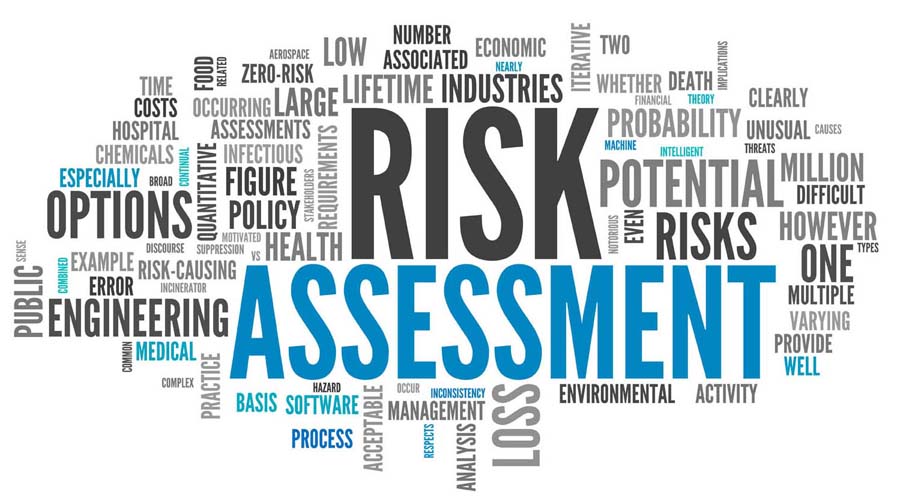While the principles of a good fire safety assessment won’t change, the contents of a fire safety assessment report can vary significantly depending on the type of premises you are responsible for.
Additionally, there are four different types of assessments that can be carried out on purpose-built residential flats and the most suitable option for your building will depend on a few different factors.
If you are the designated responsible person for your building, it’s important to be clear on what is necessary for your building type and how the assessment will be carried out.
If you’d like help understanding exactly which kind of assessment you need and what this will include, don’t hesitate to get in touch with us at UK-Fire Risk Assessments. Otherwise, the below information should help to provide basic coverage of the topic.
Who Needs to Perform a Fire Safety Assessment?
Fire risk assessments should be carried out on all kinds of buildings where there is a potential danger to human life. Below is a list of common premises that require diligent and regular fire risk assessments to comply with UK regulations on fire safety.
- Offices
- Shops
- Hospitals
- Residential care premises
- Schools and other educational facilities
- Leisure centres, gyms and indoor sports clubs
- Public houses
- Cinemas
- Hotels
- Shopping centres
- Factories
- Warehouses
- Heritage buildings
The potential fire hazards and risk to harm for the above building types vary massively. Some will be more prone to outbreaks of fire due to the kind of equipment and processes found there, while others will pose a wider danger to human life, due to high occupancy rates and proximity to nearby buildings.
Regardless of your building type, however, a good fire risk assessment report should comprehensively cover potential fire hazards, fire protection, fire evacuation, and the people most at risk.
For guidelines on specific building types, you can review the government’s collection of official assessment guides.
Residential Fire Safety Risk Assessments
Enforcing fire safety standards across the UK’s residential housing accommodation and purpose-built flats have been a growing priority for the government.
This has also been fueled by instances where negligence or poor safety practices have led to the loss of human life. There are four different types of assessments for purpose-built flats:
- Type 1 – Common parts only (non-destructive)
- Type 2 – Common parts only (destructive)
- Type 3 – Common parts and flats (non-destructive)
- Type 4 – Common parts and flats (destructive)
A Type 1 inspection will normally be sufficient for most blocks of purpose-built flats, unless there is reason to suspect deficiencies in structural fire protection, such as inadequate compartmentation.
The type 2, 3 and 4 inspections will only be required when a new landlord takes over a block of flats with no assessment history, or when there is reason to suspect serious risk to residents in the event of a fire.
If you want help understanding which type is right for you, let us know at UK-Fire Risk Assessments and we’ll be happy to explain, based on your building’s unique conditions.
Responsibilities
As a responsible person, you must carry out a fire risk assessment of the premises. This will identify what you need to do to prevent fire and keep people safe. This process includes the following.
- Identify the fire hazards
- Identify people at risk
- Evaluate, remove or reduce the risks
- Record your findings, prepare an emergency plan and provide training
- Review and update the fire risk assessment regularly
Arranging the Right Fire Risk Assessment for Your Building
You can technically do the fire risk assessment yourself with the help of standard fire safety risk assessment guides. However, this requires diligence and careful adherence to up-to-date information, provided by official sources.
If you don’t have the expertise or time to do this yourself, get in touch with one of our consultants who can help you plan and perform a comprehensive fire risk assessment.

